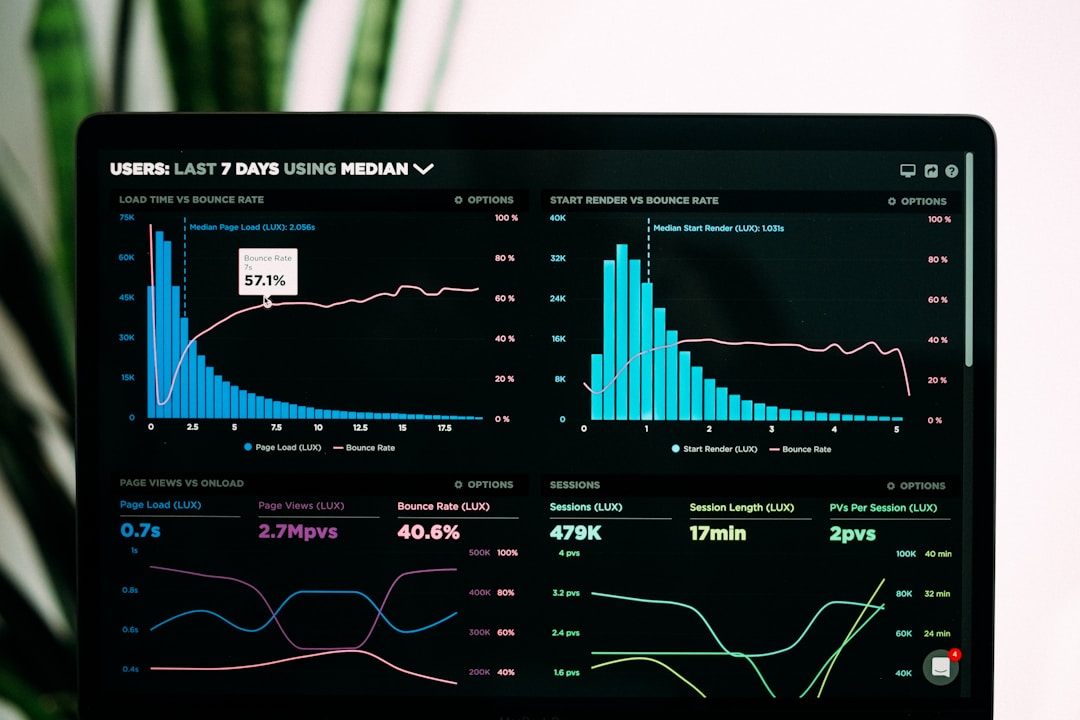The Top Five Data Fabric Benefits
More data-centric companies recognize the benefits of transforming their data into valuable insights to push them ahead of the competition. Like the software solutions from industry leader TIBCO, a quality data management system is an invaluable asset to any organization. This data management system starts with a data fabric. Data fabric is an end-to-end data integration solution that provides a unified, constant user experience to allow your company to share and manage its data sources regardless of application, platform, or geographical location. This article will discuss some of the many benefits that data fabric technology can provide your company. So let’s dive into it.
Developing a Unified Data Platform

One of the most beneficial aspects of data fabric is having a unified data platform for all organization members to have access to. This access allows your business to take a tremendous amount of data from all branches regardless of location, from marketing to forecasting to customer behavior. As a result, companies will have a competitive edge with real-time insight extraction. Furthermore, this allows vital decision-makers to make faster business decisions more accurately for the expansion of your organization. With proper data storage, you can rest assured that the information in your data fabric is top-quality without the fear of missing or duplicating information.
Mitigating Risks

With the help of artificial intelligence (AI) and machine learning (ML), data fabric provides real-time analytics to understand virtual models and impending scenarios originating from the data pipeline. As a result, organizations can create an agile model to allow data engineers to make adjustments as needed based on the data assets being delivered in real time. This development gives companies a heads-up on any upcoming issues like product development or customer satisfaction. This way, decision-makers can ensure the company mitigates risks quickly and effectively based on current data trends.
Faster Insight Access

One of the primary purposes of data fabric is to increase data quality and reliability. Thanks to this digital transformation, insights are easily accessible with a mere search to specify what data you, or any other employee, need to access. For companies operating from various locations around the globe, this access is critical from any endpoint within your data management system. Through this data virtualization, data engineers can avoid combing through insurmountable amounts of physical data. Instead, they can have expedited access from anywhere.
Reduced Costs

An implemented, working data fabric can help any company reduce its hours spent on data management and many other business processes. In addition, business intelligence and automation using this standardized data management system will allow for faster data uploads and access.
By standardizing all data sources, a global organization can better monitor its data assets. As a result, the virtual models the data fabric can produce will also help businesses stay aware and ahead of various hindrances that may come up in product development. By avoiding these issues, companies can see immediate savings by reducing costs associated with product development and other business practices.
Data Security

The most critical element of any data fabric is that the information uploaded to the system is adequately protected. Data protection is crucial for the customers’ personal information safety and regulatory compliance in many different industries, by controlling who accesses business data and when your company can ensure that all data is safe in the data fabric. As a result, your company, its data, and your customers are secure and safe from data leaks.
Implementing a Data Fabric
With benefits like developing a unified data platform, mitigating risks, faster insight access, reduced costs, and improved data security, there are many reasons to implement a data fabric for your organization.




